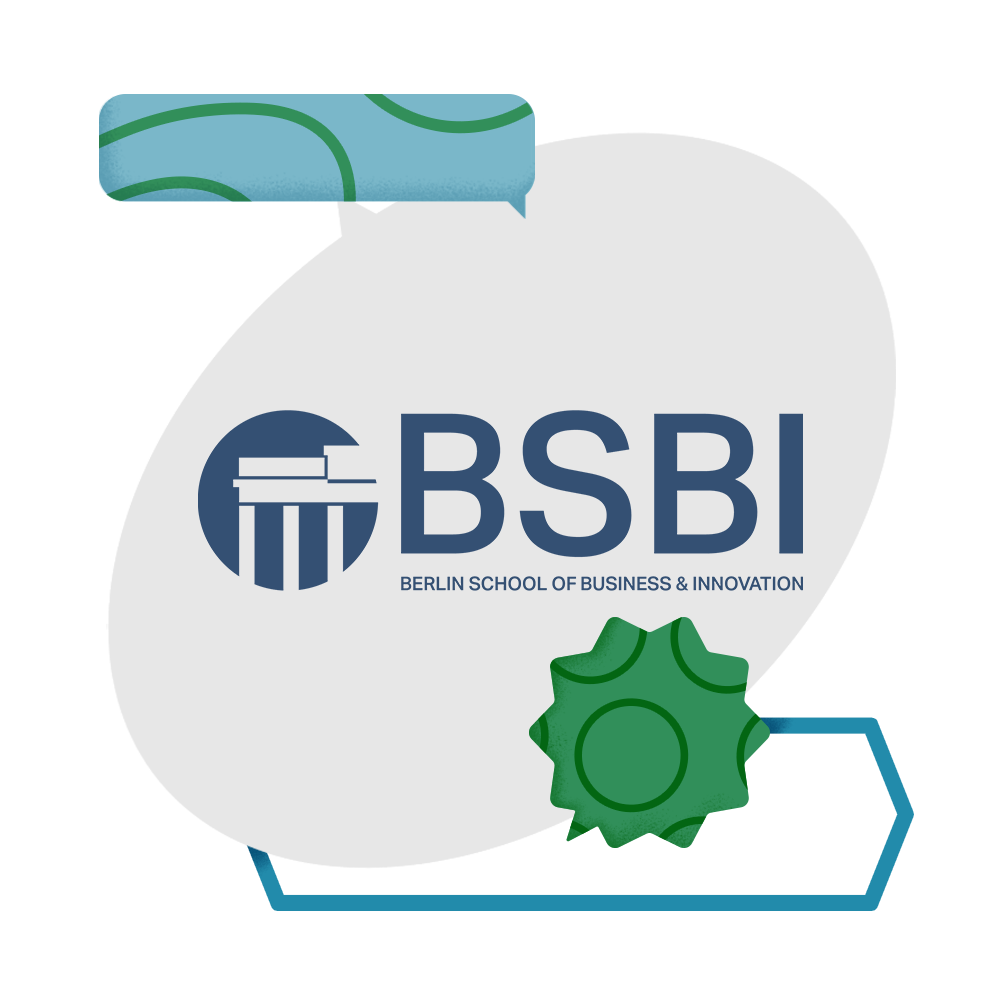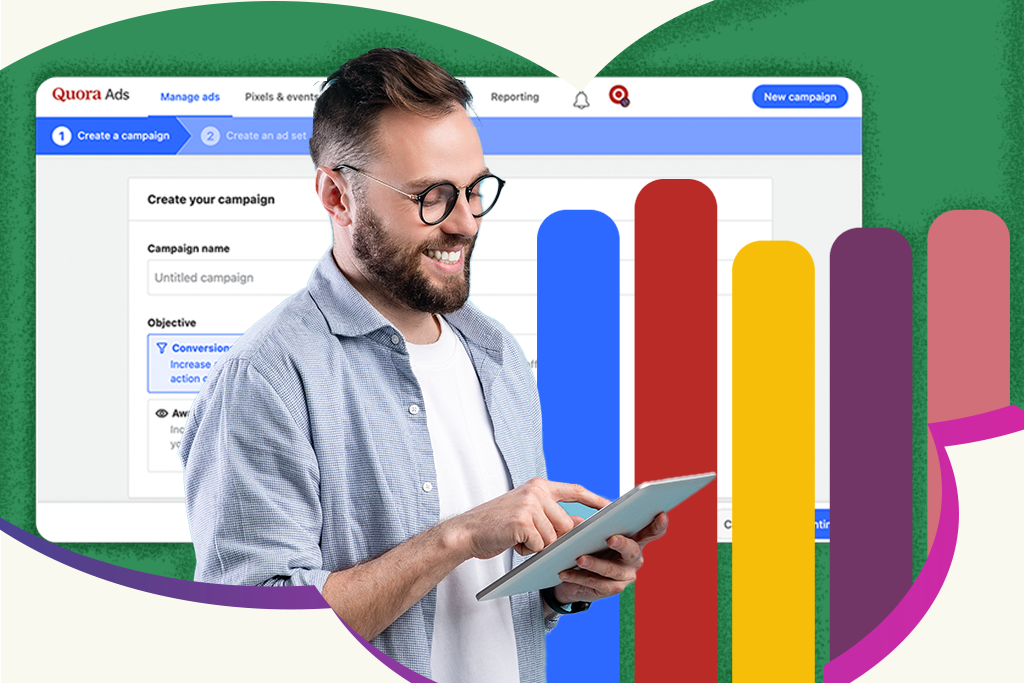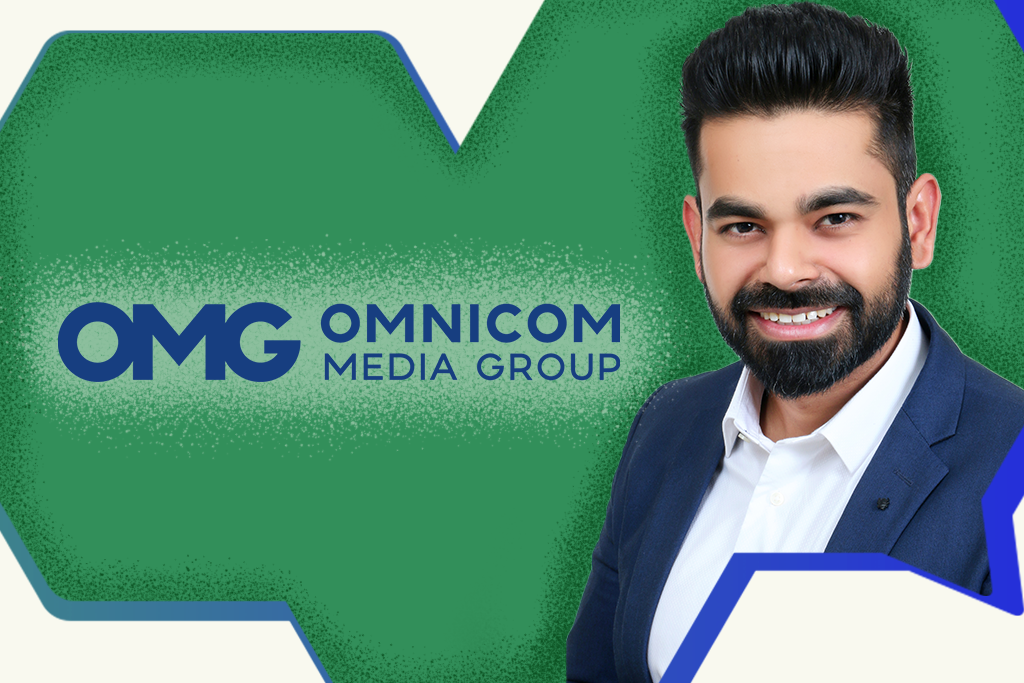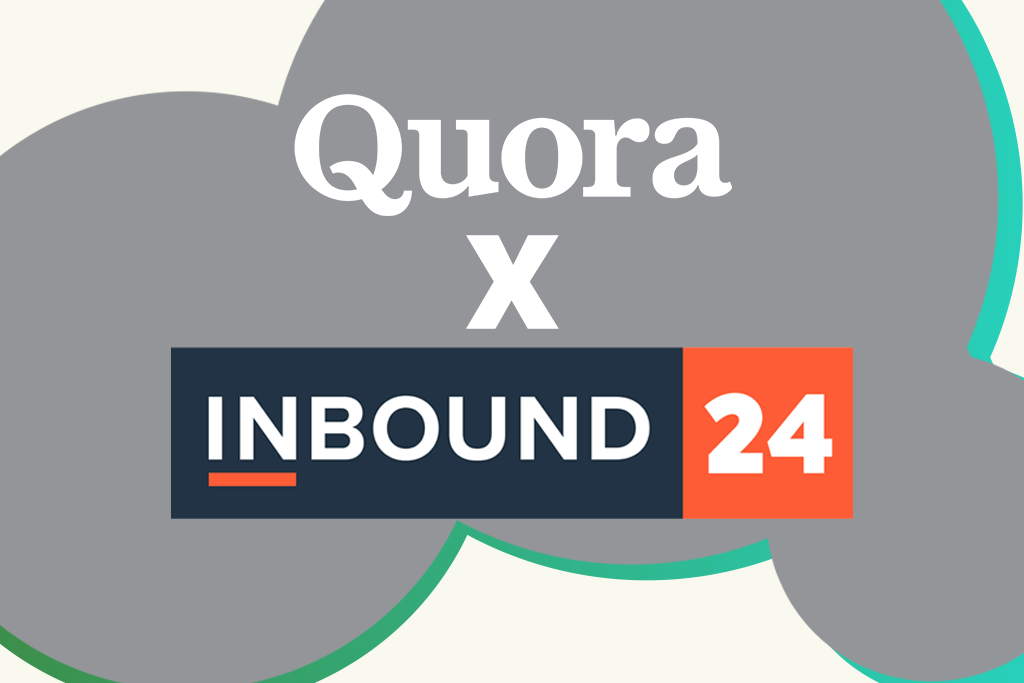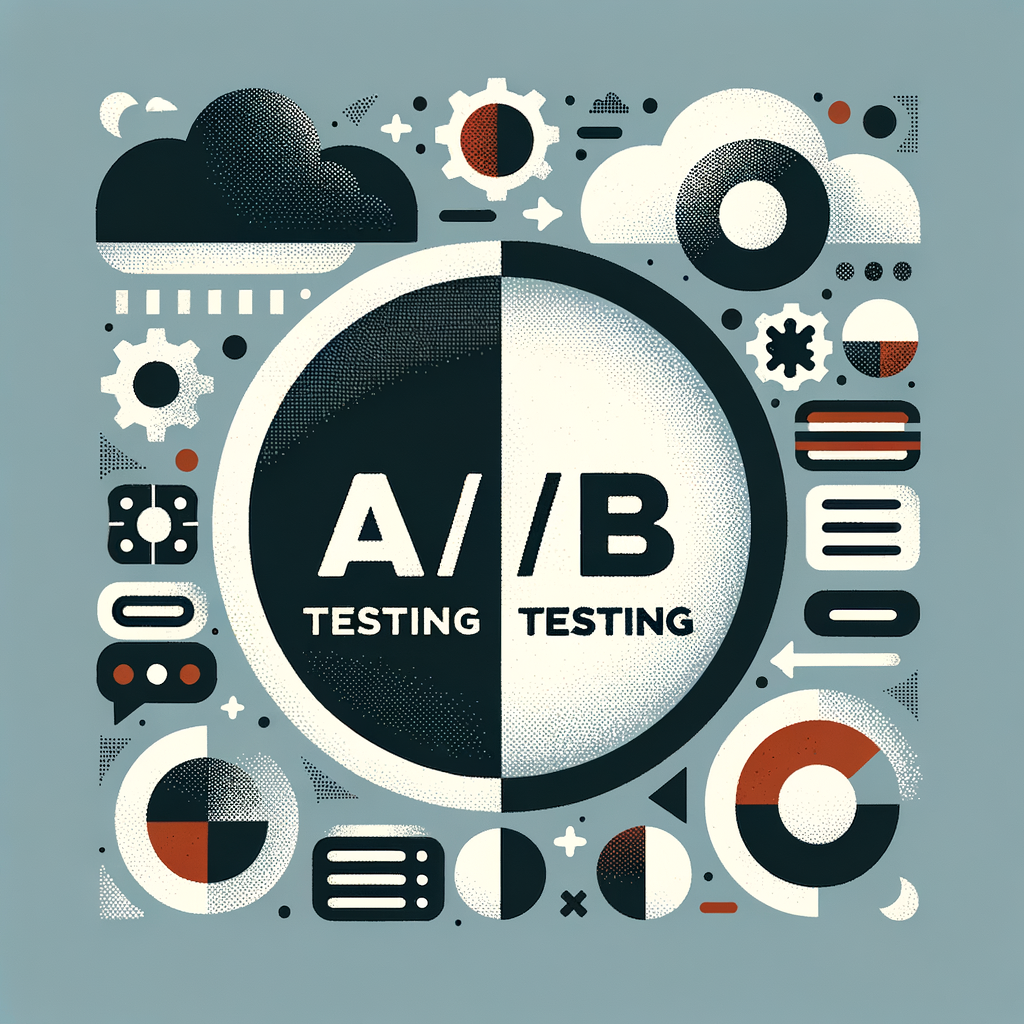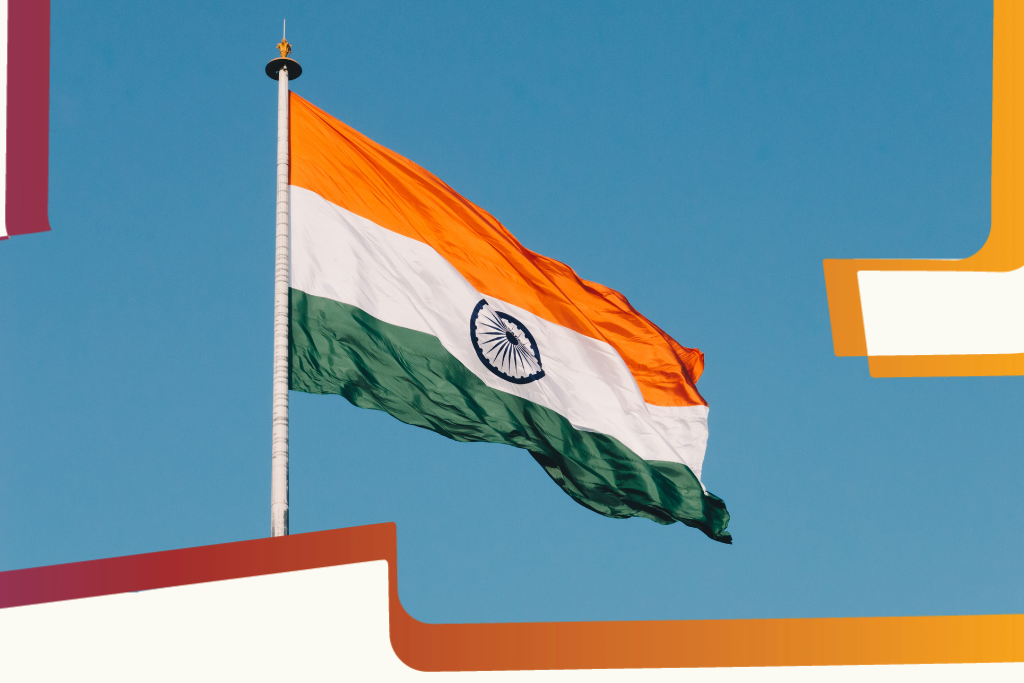Having achieved success in leveraging high-intent platforms to meet his marketing goals, Marko Manojlovic, Marketing Director, Berlin School of Business & Innovation (BSBI) shared his perspectives on education marketing and how best to leverage the power of intent, in a fireside chat with Neha Chimbulkar, Head of Marketing, Quora APAC, at a webinar themed Education Marketing on Quora.
Below are excerpts from the conversation.
Setting the context, Marko observed that since the pandemic, people want more flexibility in the education courses that they pursue. “Whether it is online or hybrid, they prefer to take classes around their schedules and other obligations. In post pandemic markets, brands that have been able to implement models that respond to the emerging needs of customers have managed to gain from an otherwise very unfortunate situation,” he said. He also pointed out that post-pandemic, due to various factors such as higher inflation, financial and job instability, etc., people seem to need more convincing before they buy in.
In his experience, Quora offers a lot of value in this regard, as it is well-trusted by people from all walks of life who come together to actually explore brands and learn about them. “Trust is the first thing that comes to mind when we think about Quora,” he said, sharing about his brand’s success establishing itself on Quora over the last two years. “It provided us with trust from its audience.”
Through individually tailored strategies, Quora has enabled businesses such as BSBI to enhance KPI on various parameters, from brand building and driving sales to nurturing brand trust and consideration. BSBI turned to Quora to generate quality leads for its graduate and postgraduate programs, while encouraging prospective foreign students to enroll with the institution. Creating a strategy around Quora’s tools and insights, the BSBI team was able to reach high-intent students and drive traffic to its website, which resulted in growing conversions and ultimately, admissions. Marko recounted that BSBI began running paid campaigns on Quora in October 2021 for its IT and business management programs. After starting with topic targeting to pinpoint a high-intent audience, the educator worked with keyword and keyword history campaigns. Then, in February 2022, it amped up its Quora presence by posting on its profile, simply repackaging and reusing its existing content on the platform.
“We got an amazing response from the audience in Quora,” he remarked. “We’ve seen almost 10 million views for all the content on our profile. We also used our content to create Promoted Answers, which further solidified our brand and our visibility with the high-intent audience.” Using Topic Targeting and Audience Targeting, BSBI achieved an increase of around 1.4x in lead rate and a decrease in cost per lead of around 50% over 14 months.
The customer success team at Quora helped BSBI go beyond questions and interactions by also leveraging long tail searches, voice audio searches, and other inputs from the platform to cull out unique insights and trends to support education brands in developing customized ad strategies. The team has been equipping them with a combination of its targeting capabilities, ad formats and input tracking, across the entire customer journey.
At a broader level, Marko offered valuable suggestions on how brands could explore intent-based platforms, saying, “As marketers, the first thing we do is understand our audience and their personas. Then there’s the grunt work that goes into really customizing our message for a certain part of the audience so that it triggers an emotional response. The beauty of using Quora is that the platform has high intent topics and interest and it’s already laid out for us to use to the best of our abilities. Platforms like Quora help you send your message to the right audience and enable you to really micro target the ideal audience for certain programs.”
To hone opportunities for businesses, Quora segments questions asked on the platform into a variety of topics that are labelled contextually, providing brands with the tools to target high-intent and contextually relevant audiences. For instance, education brands can choose to engage with the subset of international students seeking advice on admissions to a particular course in a specific country.
Beyond the opportunity to leverage high-intent audiences, a big takeaway for education brands is that consumer journeys are not very linear, so it’s crucial to create multi-layered content to drive consumers through the funnel and, at a broader level, it’s important to marry content with context to drive intent.

